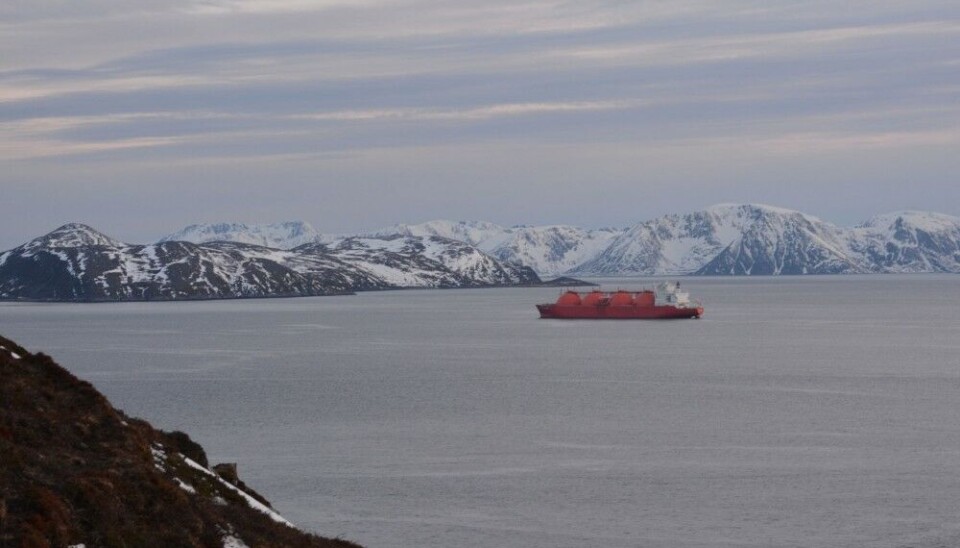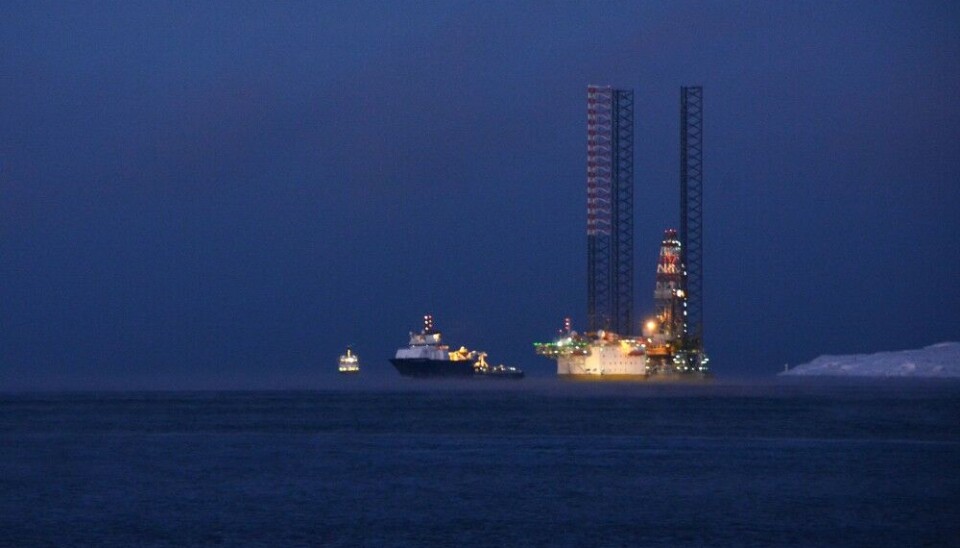
Norway expands oil drilling, boosts production
The petrostate awards another 62 drilling licenses to the oil and gas industry. The country steers towards a 15-year high in hydrocarbon extraction.
“To see such great interest in further exploration activity is very encouraging,” Norway’s Minister of Energy, Terje Aasland said this week as another 62 licenses in so-called predefined areas were awarded to oil and gas companies.
The number is significantly higher than in 2022 when 47 licenses were awarded. Eight of the new licenses are located in the Barents Sea.

“This is important for both employment and value creation, as well as for facilitating Norway’s role as a stable energy supplier to Europe,” he underlined in a statement.
The words of the minister echo a significant number of previous announcement from the Norwegian oil ministry.
The Nordic country that brands itself as a champion in climate and environment appears unwilling to apply to insistent calls from international bodies such as the United Nations and the International Energy Agency for an urgent halt to new oil and gas drilling.

According to the Norwegian Shelf Directorate, Norway will in the years to come increase its oil and gas production to the highest level since 2010. Peak production is estimated in 2025, the annual Shelf Report reads.
In 2023, the 92 fields currently in operation on the Norwegian shelf produced 233 standard cubic meters of oil equivalents, which equals about four million barrels of oil equivalents per day.
The growing production is accompanied by a boost in investments.
“Compared with forecasts presented in The Shelf last year, we see a relatively large increase in investments for 2023 and 2024,” the report reads.
A total of 27 new oil and gas projects are currently under development on the Norwegian shelf, and 34 exploration wells were spudded in 2023.
The far northern Barents Sea remains a top priority for the Norwegian government. According to oil minister Aasland, the oil companies are “specifically encouraged to explore opportunities in the Barents Sea.”
In late 2024, the Johan Castberg field is due to come on stream and yield significant production growth for 2025. The Johan Castberg and its infrastructure is believed to prepare the ground for the establishment of a new Arctic petroleum province. The field is alone believed to hold up to 650 million barrels of oil equivalents.















